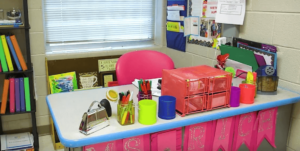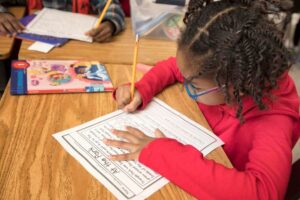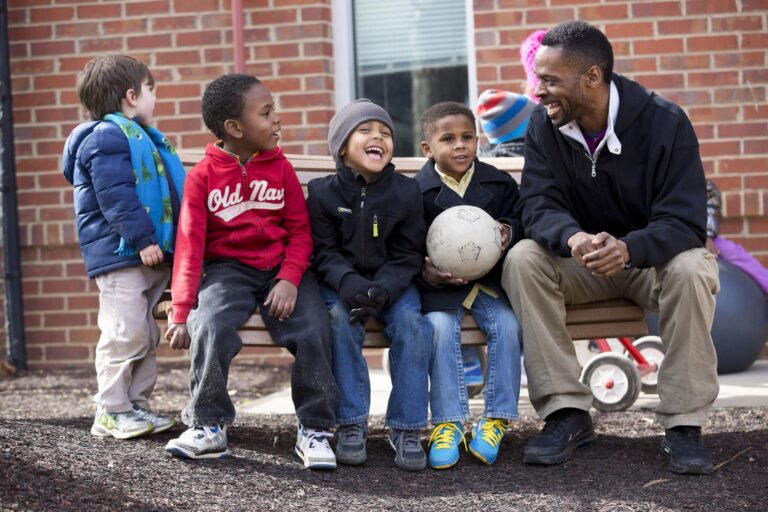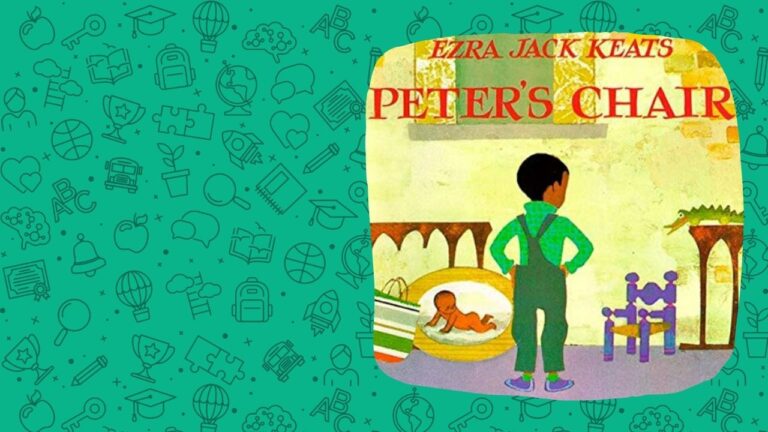Teachers spend countless hours, not to mention a good chunk of change, on classroom decorations to create inspiring learning environments. With students around the country returning to in-person learning, many teachers will be changing up their decor and looking for classroom organization ideas.
There are thousands of Pinterest boards dedicated to making classrooms festive and fun, but can these boards transform how you teach your students to engage with what they’re learning? Turns out, it’s not just how a classroom is decorated that affects students. In fact, classroom organization has a much bigger impact on your students’ learning than you may think. Here are four key areas that can make or break your classroom instruction:
Teacher Planning Area
 The planning area? Probably not what you’d expect as an area that can impact your instruction. But, this space is critical. Think of it as your home base, an area where your students will learn critical reading skills.
The planning area? Probably not what you’d expect as an area that can impact your instruction. But, this space is critical. Think of it as your home base, an area where your students will learn critical reading skills.
To organize this space effectively, you’ll want to first determine exactly how you plan to use it. If your classroom is large enough, make this area one you don’t also use for instruction.
But if you need it to pull double duty, you can make it a small group table or individual learning area, like a literacy workstation. If students will be sharing your desk, try storing as little as possible on top of it; and instead, use a small rolling cart for your classroom supplies.
Whole Group Instructional Area
 While many lessons and activities will require individual or small group instruction, most teachers begin each day and each new topic with some form of whole group instruction. This may be as simple as speaking to everyone while they sit in their assigned seats; but depending on the age of your students, you might want to bring everyone together for some circle time on the floor or have them arrange their chairs so all eyes are on you, in order to minimize distraction.
While many lessons and activities will require individual or small group instruction, most teachers begin each day and each new topic with some form of whole group instruction. This may be as simple as speaking to everyone while they sit in their assigned seats; but depending on the age of your students, you might want to bring everyone together for some circle time on the floor or have them arrange their chairs so all eyes are on you, in order to minimize distraction.
Whole group discussions allow you to get a baseline assessment of how well the class understands a certain topic and help you identify students that might need a little extra help. When planning your space, think about what workstations can use floor and wall spaces together. Placing a rug on the floor can make things more comfortable for whole group instruction, as well as more inviting for read alouds, shared reading, shared writing, and literacy mini-lessons.
Small Group Instructional Area
Strategic small group instruction should follow whole group instruction to reinforce specific skills and concepts in a reduced student-teacher ratio. These groups of 4-6 peers is often where things start to click for students who might be struggling with a subject. Observing each child interacting with the material in a small group setting highlights individual differences, so teachers can determine the best approach to help students master the content. Small group instructional areas often use kidney-shaped tables or other arrangements that allow for comfortable connections, lesson engagements, and quick access to instructional materials.
Child-Centered Workspaces
 When you design a lesson plan to evolve from whole group instruction to small groups, it’s important to remember you can probably only give your full focus to one small group at a time. That means you’ll need to figure out what format you want the rest of your class to use while you work with each small group. If the class is actively working on a group project, and you have the space for it, each group can break off into their own workspace. This workspace can be a group of desks or seats, a reading nook area, or even the whole group instruction area – if you’re short on space.
When you design a lesson plan to evolve from whole group instruction to small groups, it’s important to remember you can probably only give your full focus to one small group at a time. That means you’ll need to figure out what format you want the rest of your class to use while you work with each small group. If the class is actively working on a group project, and you have the space for it, each group can break off into their own workspace. This workspace can be a group of desks or seats, a reading nook area, or even the whole group instruction area – if you’re short on space.
Alternatively, you can reinforce previously covered language and reading skills by creating a literacy workstation for students to use independently while a teacher leads small group instruction at another workstation. An engaging literacy workstation optimizes engagement for all children by providing space and choices to practice their already-learned skills.
Get the most from your classroom with a free Literacy Workstation course from Cox Campus.
In this mini-course, you’ll learn how to:
- categorize different types of workstations and their role in literacy development
- develop a plan to create, manage and rotate stations throughout the year
- design spaces to help children develop language and literacy skills




I’d be interesting in this workshop. Thank you
These are great quick points to reference. Thanks.
I’m interesting in this workshop
I love kids and daycare work
Yes, I am interested in the workstation course.